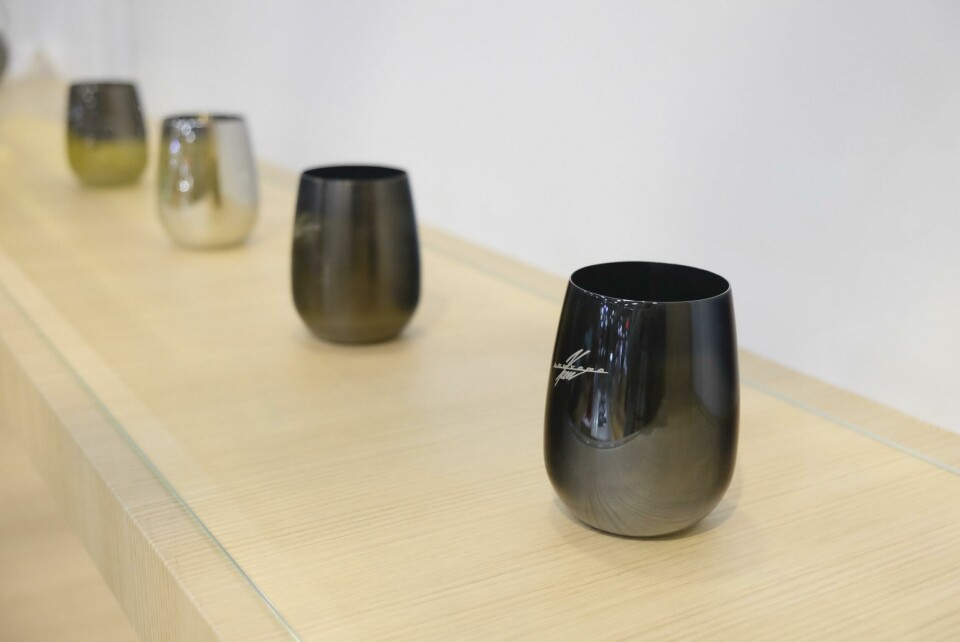
Ken Okuyama on the Aiways U7 Ion
Chief Designer of Design & Art is a deliciously broad job spec for the Japan-based creative, and he is making his presence felt
Although we saw the production crossover U5 and Gumpert joint-venture sportscar Nathalie in Geneva, the Aiways brand is still not a household name in China, much less Europe (although that may change after the cross-country journey of two prototype U5 cars from Xi'an to the Frankfurt motor show). But former GM, Porsche and Pininfarina Designer Ken Okuyama thinks that they are more than *just another* Chinese EV startup. After seeing the investment the company has made in their fully-automated production facility, he was convinced that Aiways had a big future, and he wanted to be part of it. In late 2018, he was named Chief Advisor of Design & Art, and his influence at the startup is already being felt.
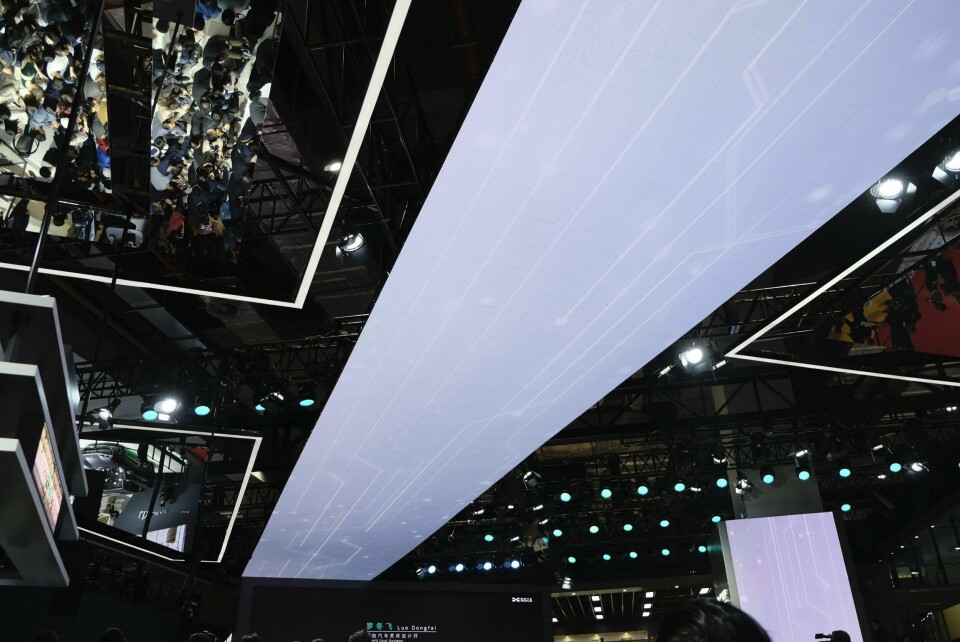
Working with the Aiways internal teams from his studio in Japan, he has already worked on the design of the company’s Shanghai show stand, a line of lifestyle products, and their newest concept car, the U7 Ion. He says that in the future, his design influence will likely extend to branding, stores, and even the website. While it’s certainly not the first time a big-name designer has consulted on projects for a Chinese brand, it’s interesting that Okuyama’s role is so broad, and his vision for the brand so clear.
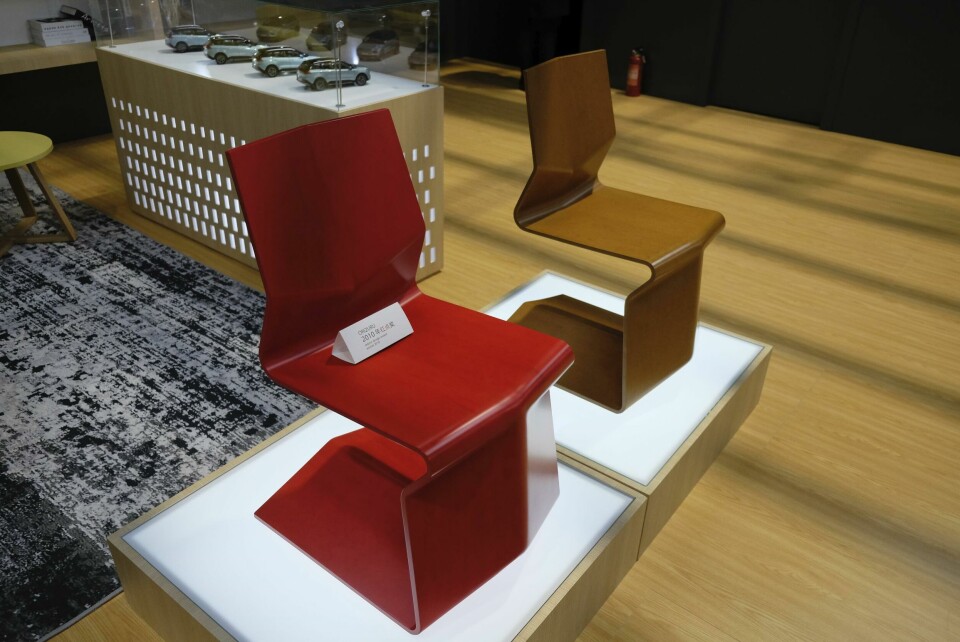
The first result of the partnership is called the U7 Ion, and while shown in concept form at Auto Shanghai 2019, its production has already been announced. The USP? The U7 Ion an unabashed EV MPV in a market that can’t get enough SUVs. The brand’s first car, the U5, needed to be more conventional to give the startup market traction, he claims, but the positive reception and strong sales have given him the confidence to go further with the third model (yes, third, a second model is coming soon). A bold decision that Ken believes the market is not just ready for, but desperately wants. By giving the concept a slightly sportier, harder-edged, crossover-like design language than a traditional MPV, Okuyama believes that the car will have broad appeal with the young professionals that are snapping up EVs.
The cab-forward styling and high H-point are really just natural advantages of the BEV platform according to Okuyama, as is the flat floor and spacious 7-seat interior. The large space means that second-row passengers with drivers — a crucial demographic in the Chinese market — will have a truly luxurious experience, but that families will benefit most. The concept’s adaptive interior fittings — such as centre console table and rotating seats — adjust to different driving modes, with some level of autonomous driving targeted for the production. Regardless of whether that comes true, we can imagine how pleasant an environment the interior will be even without them.
A large glasshouse and roof lends lots of light to an interior full of soft materials that reference home furnishings rather than typically automotive materials. The plush carpeting, machined plywood, and light-grey fabric of the door cards and lower IP stand out for their very on-trend reference to living room upholstery more so than traditional automotive materials in a style that is described as “understated but intellectual”. The four primary seats are also designed with different colours and materials to highlight the different functions of the passengers, including the type of padding in the seats and the generous adjustable leg bolsters in the back. Okuyama connects this back to the broader lifestyle aspirations of the brand, but at the moment very little exists of this future ecosystem to judge it fully.
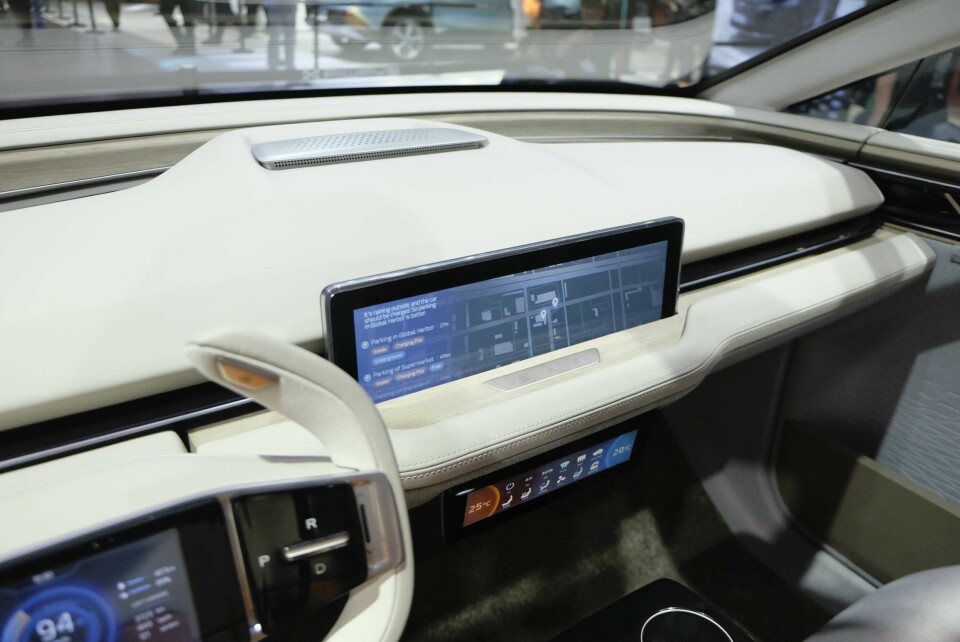
The user experience is quite pared down compared to many of the new Chinese EVs on show, with just a small center screen, an overgrown digital rear-view mirror and a steering-wheel mounted touchscreen as the primary interfaces. These are supplemented in the concept by an IP-mounted touchscreen HVAC controller and smartphone-esque touch panels in the door cards that fold away when not in use. Mr. Okuyama allays fears of driver distraction by pointing out the voice assistant/AI that slides back and forth along a long center roof rail to “interact” with passengers, and that will be responsible for many of the main controls. It will also potentially read emotions and adjust settings automatically, which will help users feel comfortable and confident with the system. Voice control is quick becoming the interaction of choice for many Chinese drivers, but we’re still curious to see how the final product’s user experience will work.
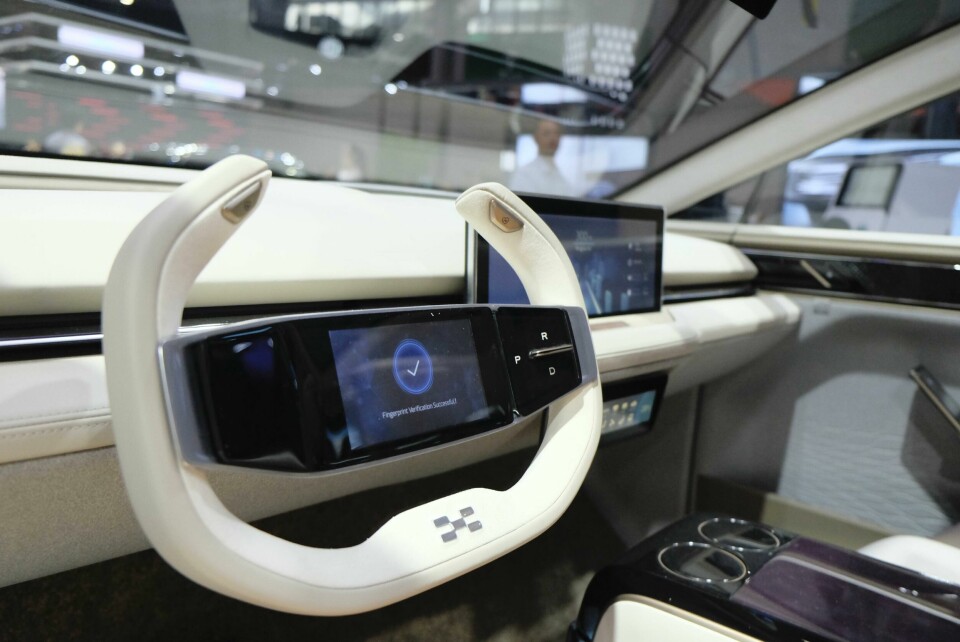
On the outside of the U7 Ion, the clean styling is accented by hyper-modern touches. The U5 DRG has been refined further, getting both sharper and more technical, and the whole car focuses on strong graphics that the veteran designer describes as necessary due to the close social distance in Chinese cities that don’t allow for the elaborate forms of American or Italian cars to be properly read. The strong light graphics wrapping around the entire front and rear of the car give the already wide car an even wider appearance, planting it visually to the road. The kicked up D-pillar looks like so many other SUVs we’ve seen recently, but its real trick is being a movable aero device to condition the air at speed, something the company claims has real benefits in the wind tunnel.
In many ways, this little touch sums up the U7 Ion as a concept. It is at once everything you expect and yet on deeper inspection more clever than it appears. The decisions that have been made are well considered and look to a long-term future and not a quick fix. With a company that is just two years old, this is an indication that maybe Mr. Okuyama’s feeling is spot on. Aiways feels like a brand making good decisions, quickly, but also thinking in a way that gives it a solid foundation for growth. As a design, the U7 Ion follows many current trends, but isn’t a slave to any. If Aiways continues in this direction, they have a chance to become a truly compelling brand in the years to come, and Ken Okuyama’s career will have truly come full circle. From the GM EV1 to the U7 Ion by way of European supercars, it’s hard to imagine someone better placed than Aiways’s Advisor for Design & Art for the EV revolution.











